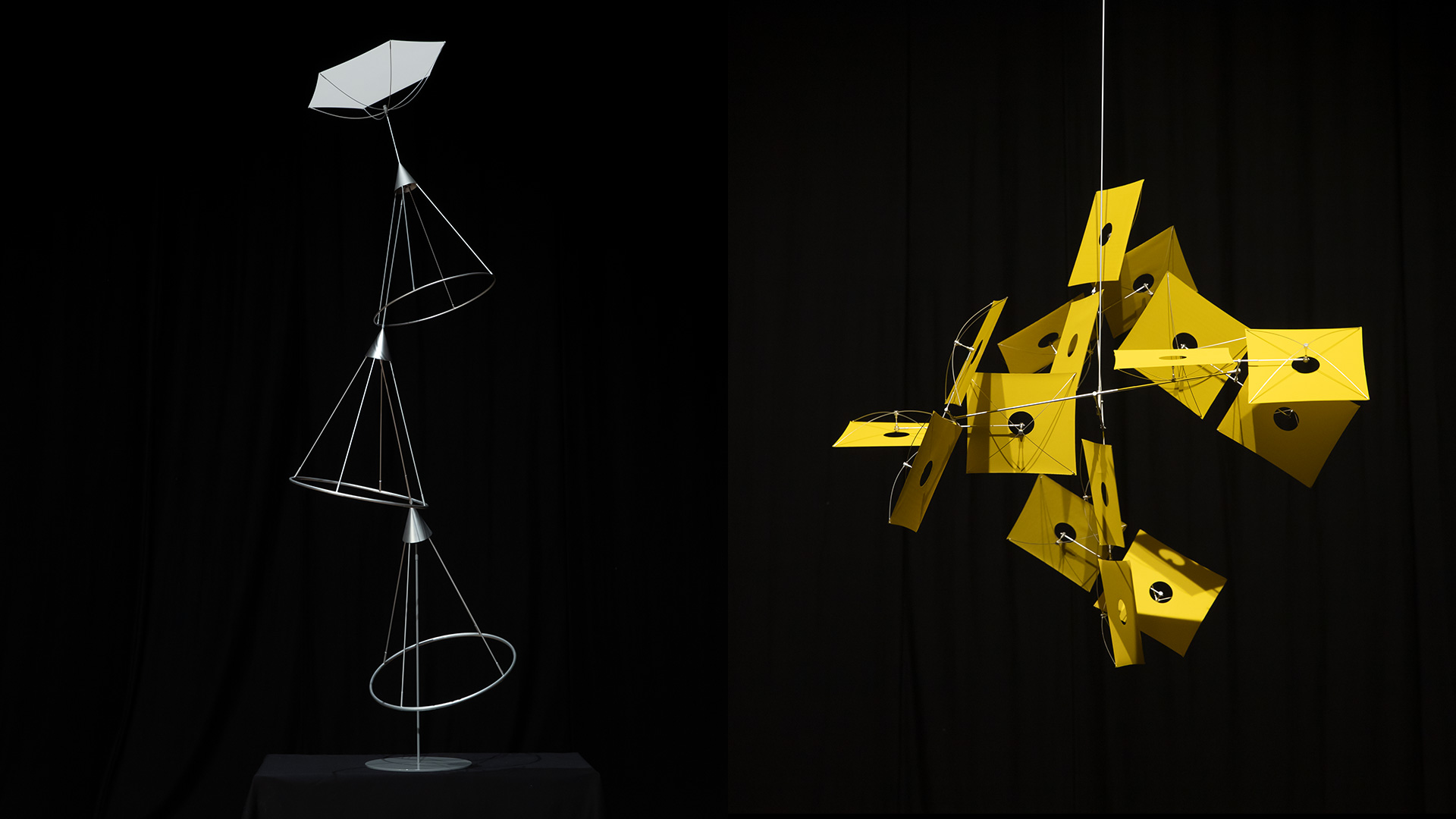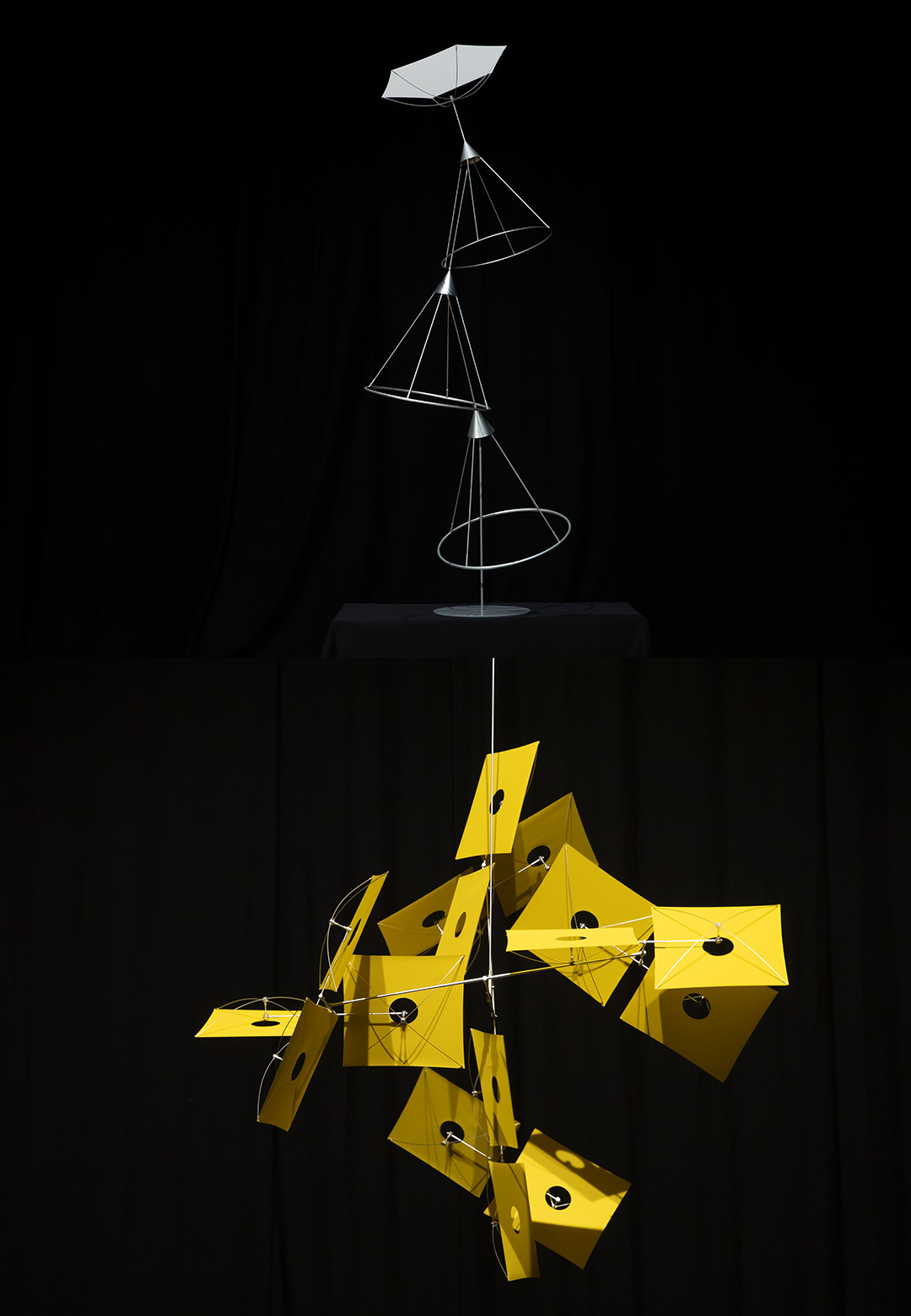In his manifesto, The Eyes of the Skin, Finnish architect, teacher, philosopher, and designer Juhani Pallasmaa broached his concerns regarding the burgeoning ocularcentrism in the contemporary world. He questions the blatant act of holding sight above the other senses—a visual bias that has been rampant in the past few decades—particularly in architecture, and underlines a deeper way of understanding spaces. This prejudice affects far more than architecture, with its reflections sprouting all around us and shaping the modern world and how we perceive it. The dominance of the ocular sense is unbridled, almost a default norm, to an extent that one often perceives only what they see, ostracising the other senses—touch, sound, taste, and smell—and depriving themselves of their enveloping dimensions. How often do we acknowledge the invisible voices? How often do we see the wind through our skin?
“I give room to the air, gravity, and all sorts of energy we don’t often see in everyday life. My philosophy finds beauty in visualising the invisible,” says renowned kinetic sculptor Susumu Shingu. Hailing from Japan, the sculptor harnesses imperceptible forces and crafts sculptures that emulate nature’s rhythms in their movements. Presenting an exceptional selection of Shingu’s drawings, interior sculptures, and colourful abstract paintings, New York-based Ippodo Gallery unveils his first solo exhibition in the United States, titled Susumu Shingu: Sculpting with Wind. On view from October 20 to December 29, 2022, the art exhibition also showcases several large-scale exterior proposals. “As if a flow runs through the space, I contracted the entire space from the first floor, spiral stairs, and third floor as one piece of artwork,” shares the Japanese artist.
Although originally trained as a painter, Shingu’s interest in sculptural art amplified when he witnessed one of his canvases turning softly in the wind. This seemingly simple, almost forgettable act birthed an oeuvre that relied on natural forces to make movement and sound, and the sculptor began employing more sophisticated materials for outdoor works. “When I changed my medium from surface to space, I felt freedom; the shapes and colours of my work also have a sense of freedom in their movements,” explains Shingu. His kinetic sculptures challenge the perception that our environment is eternal and static. As natural forces mobilise a sculpture’s hinged joints, the viewer’s awareness of their participation and relative scale in Earth’s ecosystem is stimulated in tandem. Shingu’s permanent, large-scale outdoor sculptures serve as a visual reminder of the immensity of the Earth’s natural forces—wind, water, light, and gravity—and the constancy of their dialogue with human lives. “I want to present my work under the law of nature, so my work becomes a vessel that conveys the beauty of the earth,” says the sculptor.
Sculpting with Wind highlights the presence of rudimentary energy in our interior and exterior lives, giving it a visible face. Seven two-dimensional gouache works (Memory, 2022; In the Dream, 2022) and eight interior kinetic sculptures (Moonboat, 2022; Moonlight, 2022; and Little Flower, 2013), delve into how site-specific environments instigate specific behaviours. His wondrous churning objects have garnered acclaim from renowned architects, including Tadao Ando, Enrique Norten, and Renzo Piano, who notes that though “wind is invisible, Shingu makes it perceptible; fleeting energy that he gives shape.”
Shingu’s large-scale installations have travelled across the world, taking stances in Brazil, France, Italy, Japan, South Korea, Taiwan, and the United States. In unison with the architecture or landscape of intentionally diverse locations, his visually expressive and delicately engineered sculptures are conceptualised for site-specific environmental conditions. The deliberate selection of dramatically contrasting climates entices an international audience and reveals the inextricable links between nature and humans—each work unique and irreplaceable. “My focus is to create works that breathe in and out with audiences. I wish to provide room for their emotional response to the works,” shares Shingu.
Amongst the most seminal American kinetic sculptors of the 20th century, Alexander Calder turned to minimalism, primary colours, and steel to reimagine the mobile. Parallels can be drawn between the former and Shingu’s sculptures owing to the common themes, however, his works refuse to be restrained to a single mould. “There is an essence in choosing the correct material, the correct method, and the correct attention to movements and shapes,” the artist notes. For him, the interaction between the local environment and sculptural material is as much art as the sculpture itself. With artistic choices informed by specific locations—a characteristic of Shingu’s work—Sculpting with Wind cruises on the relationship between ultra-light weight metal and wind.
The artist continues his creative odyssey of international collaborations with architects, museums, and institutional collectors to create large-scale outdoor works for special urban and rural sites. Shingu’s mission to share with others the sensory experience of life on Earth has culminated in the Susumu Shingu ‘Wind Museum’ in Sanda, Hyogo and hand-drawn children’s books about animal and plant life cycles.
“There is an unexpected, constant change of rhythm in nature. I also want to emphasise the beauty of finding this rhythm in everyday life,” says Shingu. His work walks the fine line between complementing nature and existing as a natural integration, calling attention to the uniqueness of our planet and making space for people to embrace this beauty. Sculpting with Wind reinforces the Ippodo Gallery’s commitment to create empathetic, craft-oriented experiences through engagement with Japanese art and culture. This time around, the art gallery does so by spotlighting a body of work that strives to foster appreciation for planet Earth, our shared home with an essence that surpasses the boundaries of vision—where light paints, wind sculpts, and invisible energies weave visible magic.






 Sign in with email
Sign in with email










What do you think?